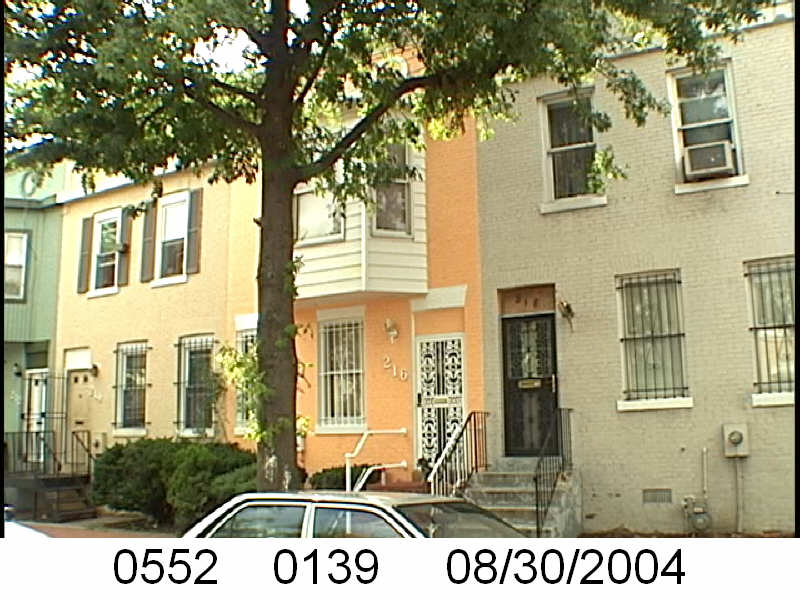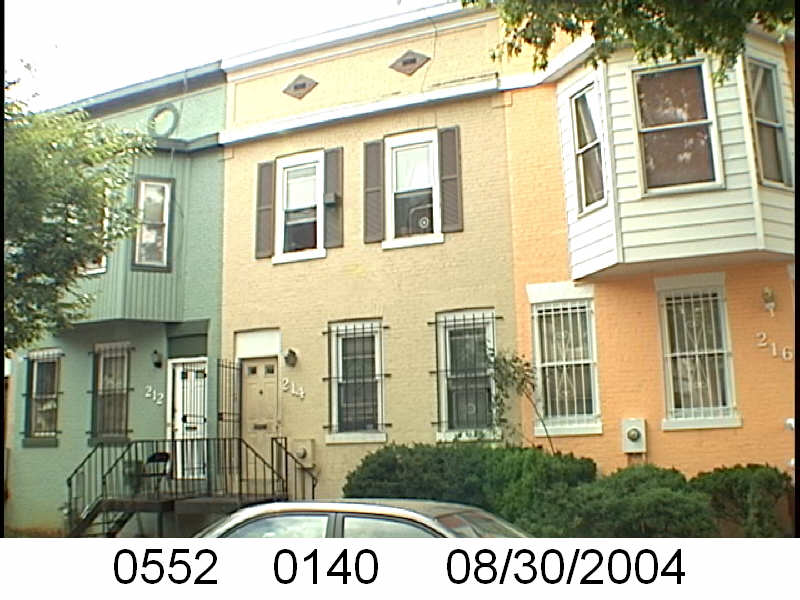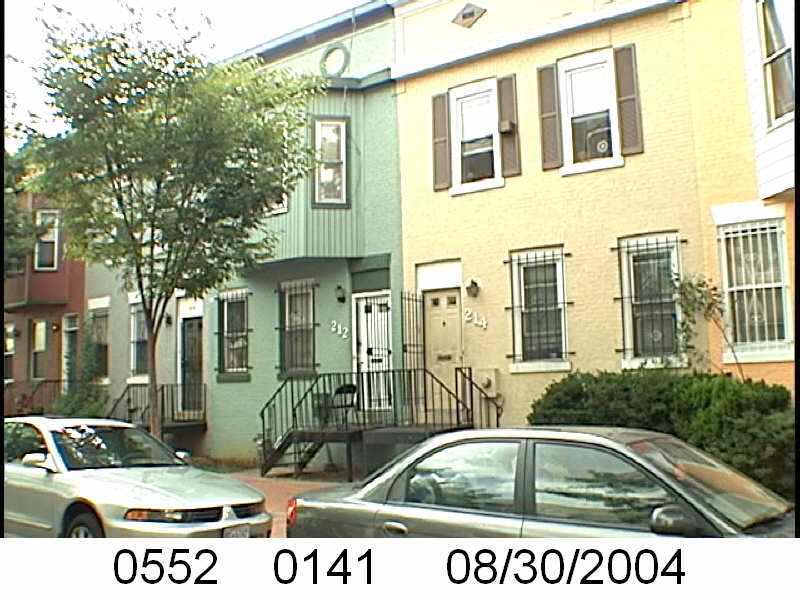The Washington Sanitary Improvement Company (WSIC) was a late 19th century charitable capitalism experiment that ended in the 1950s. This blog started looking at the homes that were supposed to be sold to African American home buyers, after decades of mainly renting to white tenants.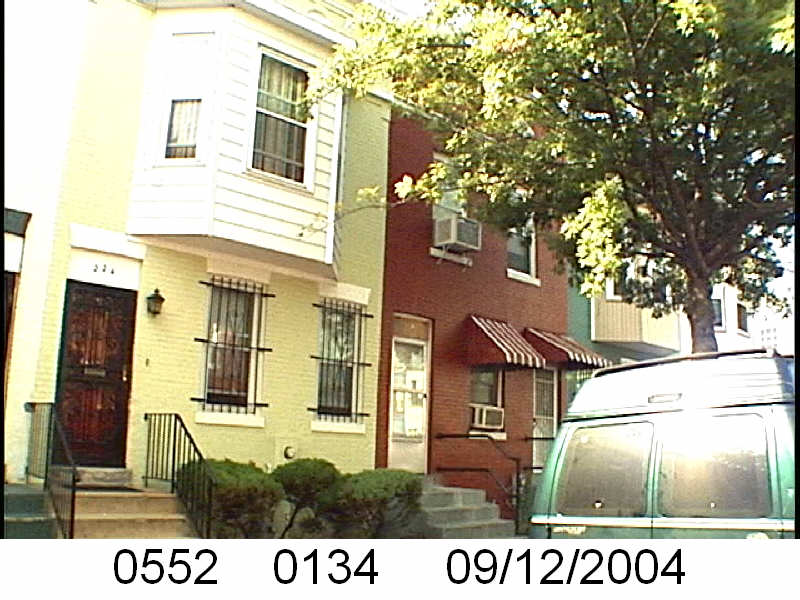
Looking at WSIC properties they tend to have a pattern where the properties were sold to a three business partners, Nathaniel J. Taube, Nathan Levin and James B. Evans as the Colonial Investment Co. for $3 million dollars. Those partners sold to African American buyers. There was usually a foreclosure. Then the property wound up in the hands of George Basiliko and or the DC Redevelopment Land Agency (RLA). Then there were the odd lucky ones who managed to avoid that fate.
Let’s see what happens with 226 Bates St NW:
- December 1950 (recorded Jan 18, 1951) Evans, Levin and Taube sold one-half of 226 Bates St NW to Marie and William Gray.
- December 1950 (recorded Jan 18, 1951) the Grays borrowed $2,525 from Colonial Investment Co. favorite trustees Abraham H. Levin and Robert G. Weightman.
- December 1950 (recorded Jan 18, 1951) Evans, Levin, and Taube sold the other half of 226 Bates St NW to Marion M. and Marvin J. Sharpe.
- December 1950 (recorded Jan 18, 1951) the Sharpes borrowed $2,525 from trustees Abraham H. Levin and Robert G. Weightman.
- October 1963 the Grays paid off their mortgage.
- March 1964 the Sharpes paid off their mortgage.
- March 1980 the Grays sold their half to the Sharpes.
- March 1980 Marion E. Sharpe borrowed $6,500 from George Basiliko and Leonard C. Collins.
- December 1990 widow Marion E. Sharpe added son Edward Gray to the deed.
- January 1991 Marion E. Sharpe was released from her Basiliko and Collins loan.
- September 2005 Edward Gray sold the house to George Basiliko.
Jesus wept.
Normally, I stop looking at a house after the 1980s or if when I hit the current owner or their relative. But I saw Basiliko’s name and had to follow it until I got to him. There were no foreclosures, but even despite that George Basiliko manages to get his hands on another Truxton Circle home. I figured if you got past the 1970s without trouble you’re good. But no.
There were a few other things that caught my eye. One being the note on document #9000068154 that Edward Gray was Mrs. Sharpe’s son. The Grays were the other family who owned the other half of the property. The other was a notation on document #2005139232 selling the house to Basiliko.
So I found it curious that Marion’s son had the same surname as the other family. I found the Sharpes and Ed Gray in the 1950 census. They were living at 820 Florida Ave. Marvin Sharpe was a 33 year old construction laborer. Edward Gray was an 18 year old construction laborer. The census enumerator tried to fit into the relationship field that Gray was the son of the wife of the head.
In the deed to Basiliko there are several interesting bits of information. First is the death of Marion E. Sharpe who died January 10, 2005. Second is a long footnote regarding the chain of title. First they note that Marion’s middle initial is ‘E.’ not “M.” as recorded earlier. The Sharpes divorced on May 19, 1966. I tried to find a connection between Marion Sharpe and the Gray family, but came up empty.


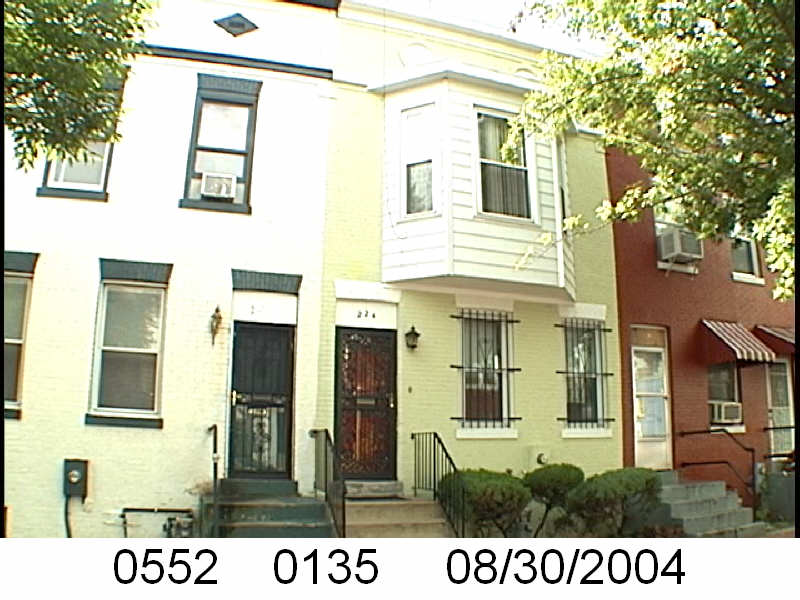
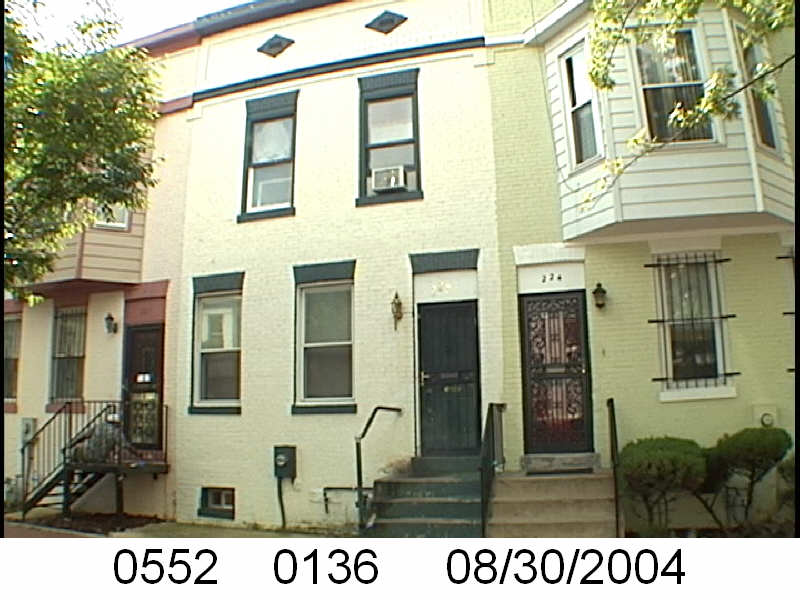
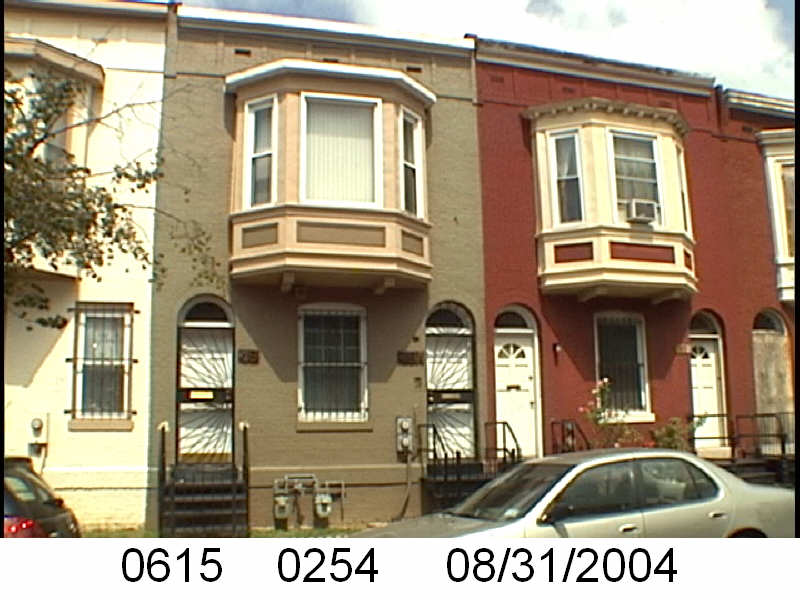
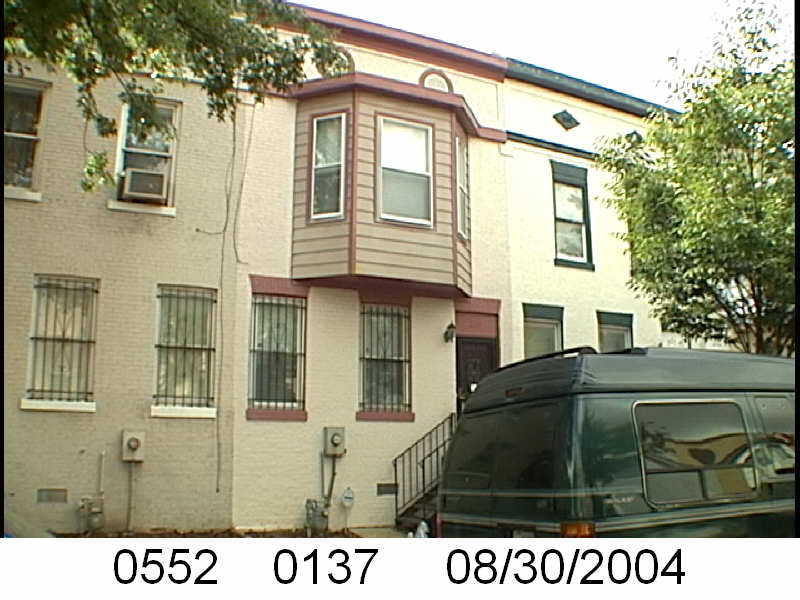 Let’s see what happens with 220 Bates St NW:
Let’s see what happens with 220 Bates St NW: